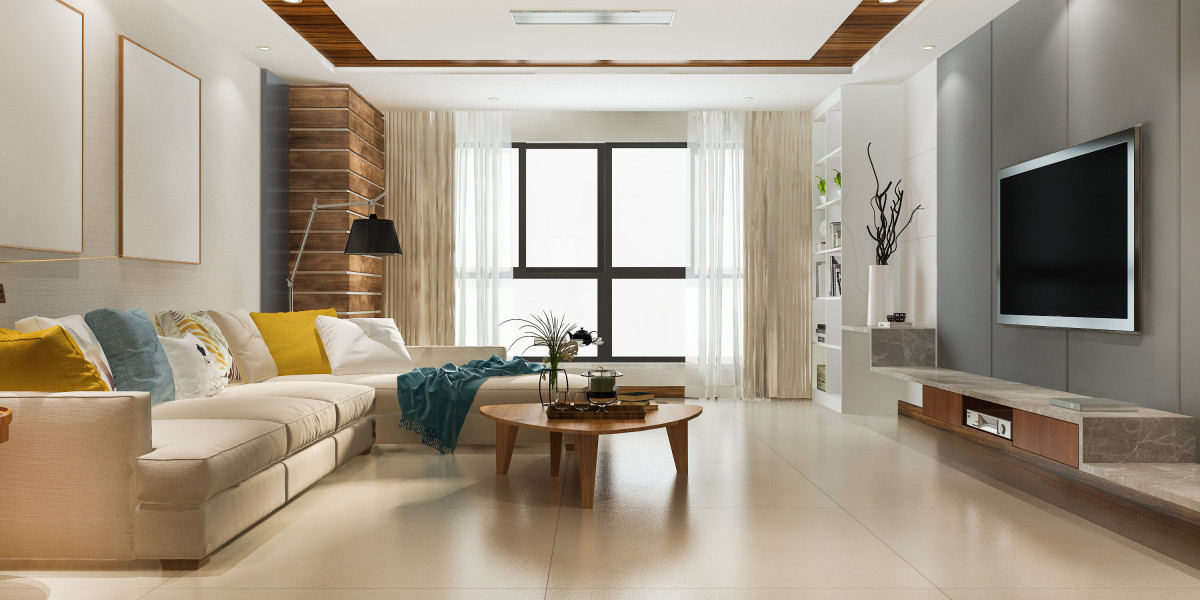An SIL House (Supported Independent Living House) is a residence designed to help individuals live independently while receiving the support they need. These homes provide a safe, comfortable, and accessible environment, tailored to the needs of residents with disabilities, special needs, or age-related challenges.
Features of an SIL House
Personalized Support: Residents receive assistance based on their individual needs, from daily chores and meal preparation to personal care and medication management.
Safe and Accessible Environment: Homes are adapted with ramps, handrails, emergency systems, and other features to ensure safety and mobility.
Community and Social Integration: SIL Houses encourage residents to participate in social, educational, and recreational activities, fostering independence and a sense of belonging.
Skill Development: Residents are guided in life skills such as budgeting, cooking, cleaning, and personal management, enabling greater autonomy over time.
Flexible and Person-Centred Care: Support levels can be adjusted as residents gain confidence or their needs change.
Benefits of Living in an SIL House
Promotes Independence: Residents learn to manage daily tasks while still having support when needed.
Improves Quality of Life: A structured yet flexible environment enhances mental, physical, and social wellbeing.
Encourages Community Participation: Residents engage more fully with their community, building friendships and social networks.
Dignity and Choice: Individuals retain control over their daily routines, meals, and activities, empowering them to make their own decisions.
An SIL House is more than just a place to live—it’s a stepping stone toward a fulfilling, autonomous life. By combining care, skill development, and community engagement, SIL Houses enable residents to thrive in an environment that balances independence with support.
Final Thoughts
An SIL House provides a safe and supportive environment that empowers individuals to live independently. By combining personalized care, skill development, and community engagement, it helps residents gain confidence, autonomy, and a better quality of life.






